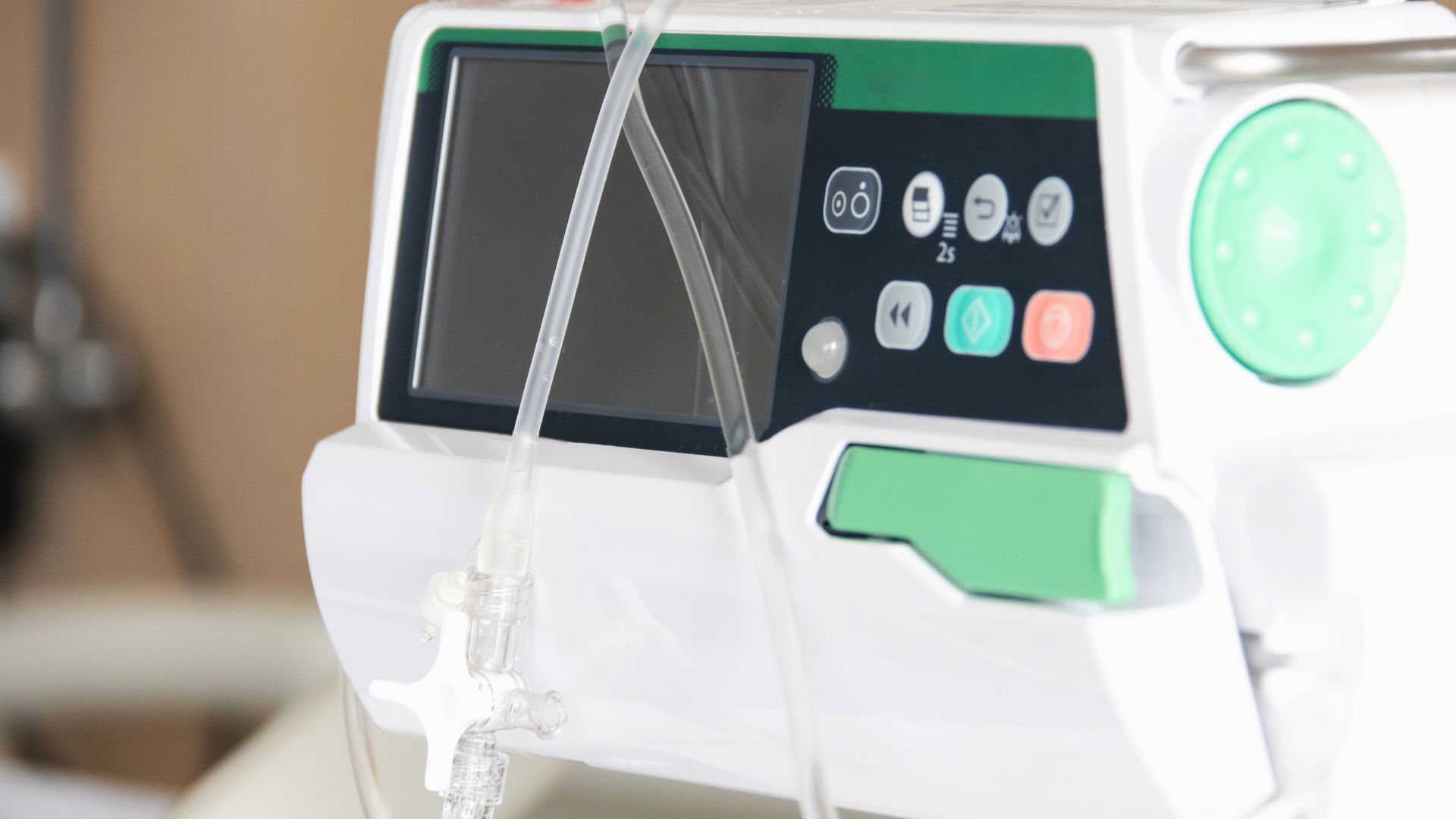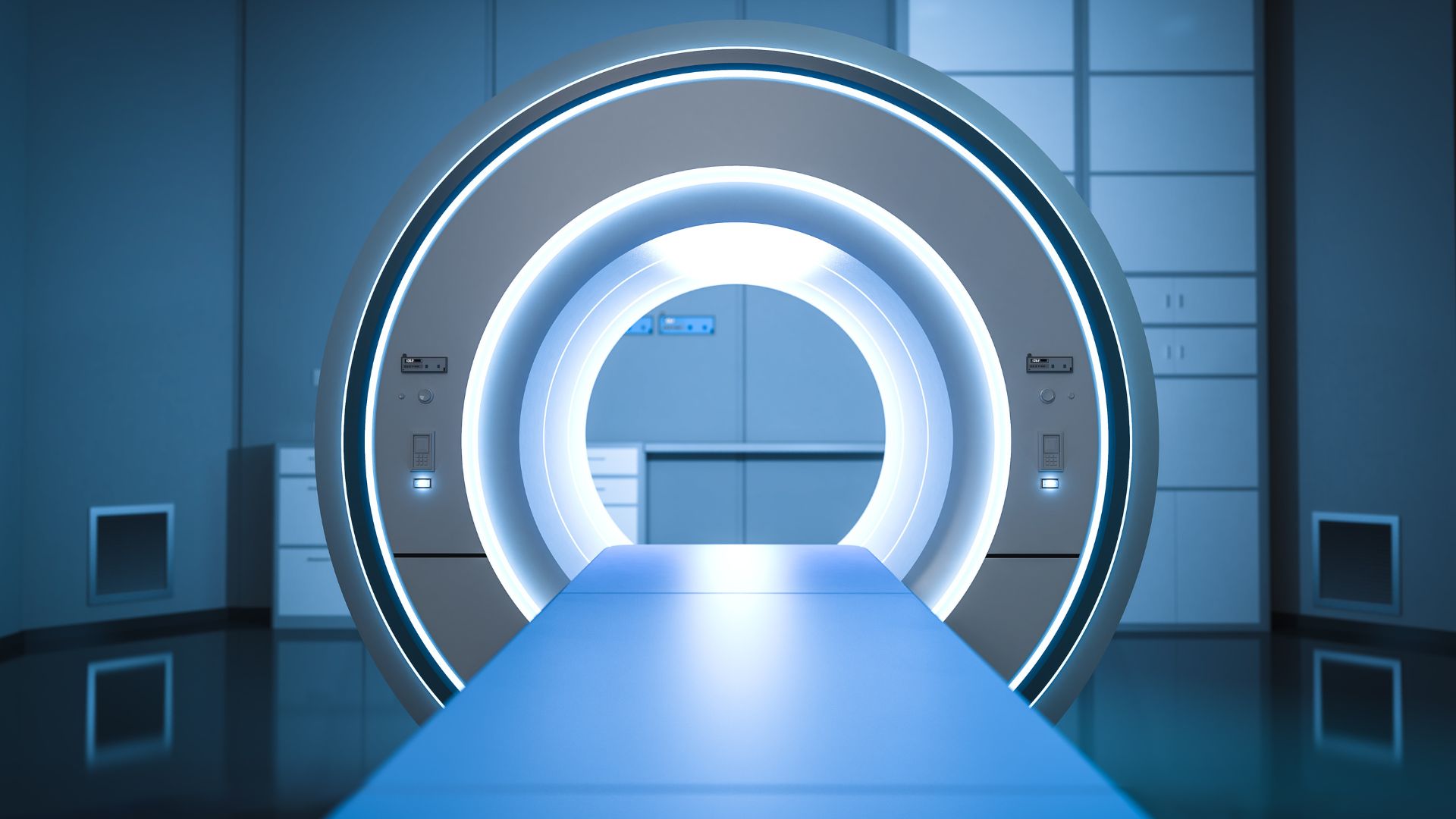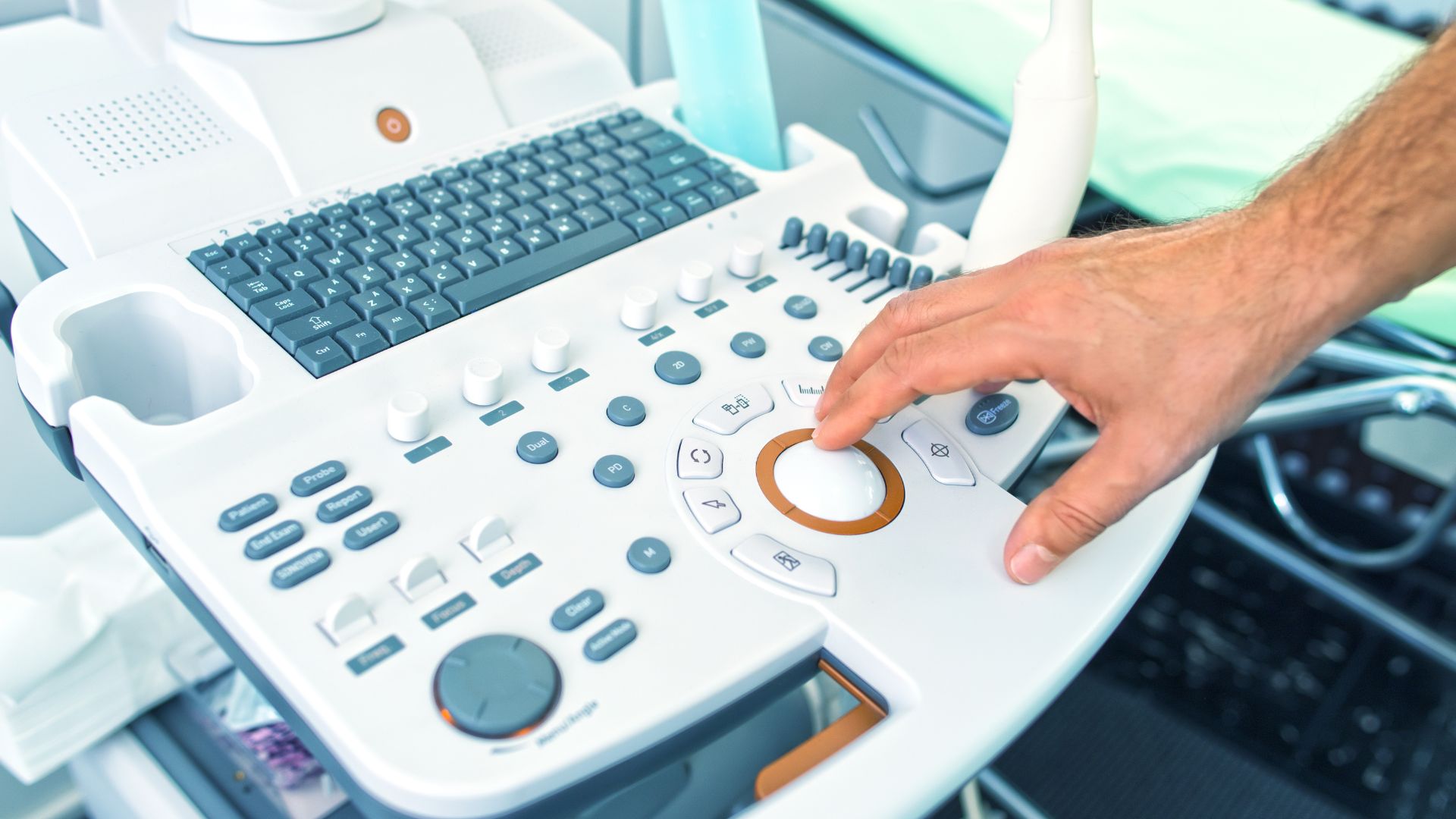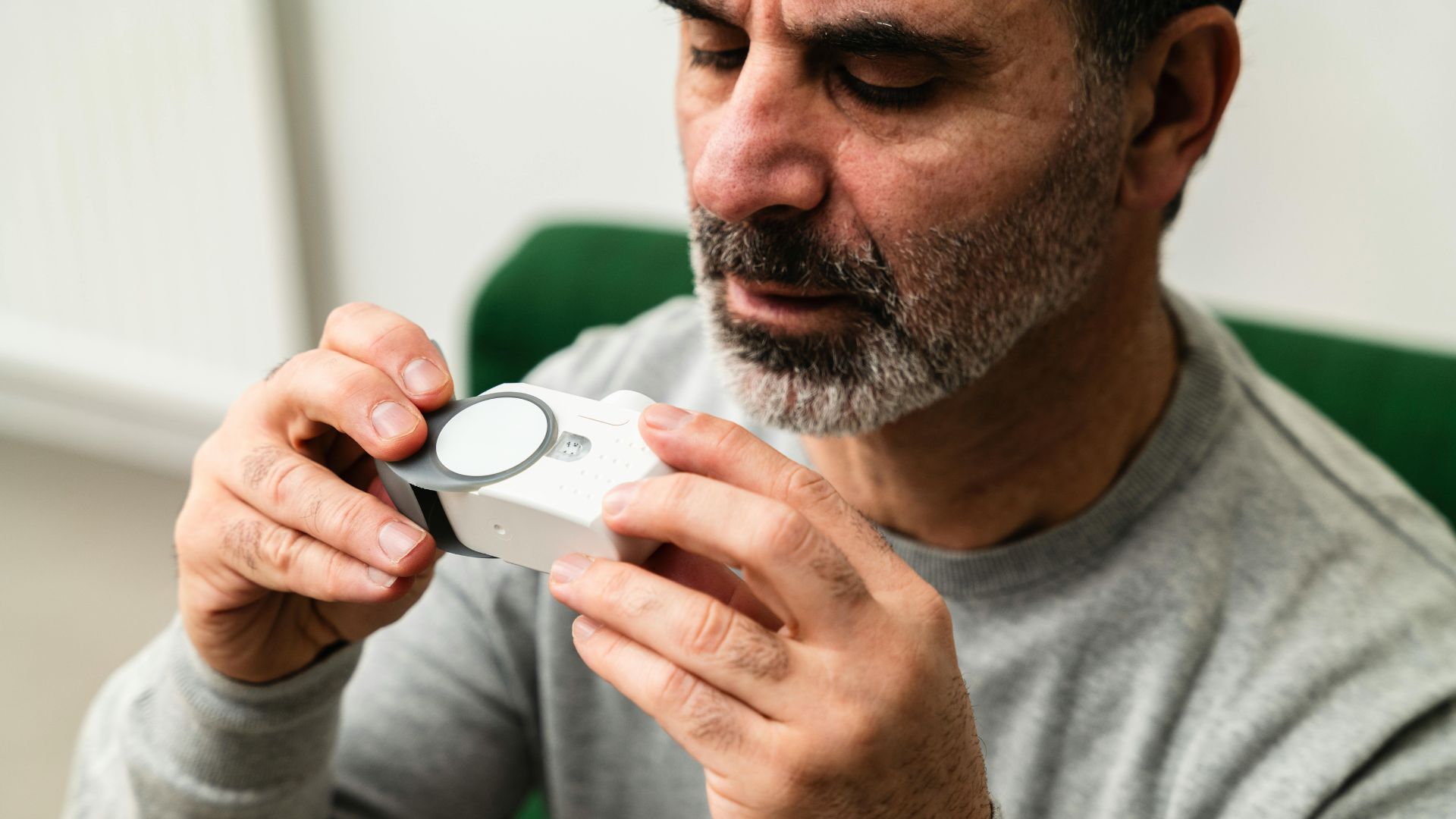Class IIa medical devices occupy a critical space in the European Union’s risk-based classification system under Regulation (EU) 2017/745 (MDR). These are devices that present a moderate level of risk to patients and users, requiring more oversight than Class I products but not as exhaustive as those imposed on Class IIb or Class III devices. Despite being moderate-risk, Class IIa devices are subject to full conformity assessment procedures involving Notified Bodies, technical documentation scrutiny, and an auditable quality management system.
Common examples of Class IIa devices include dental fillings, syringes, infusion pumps, surgical suction equipment, and diagnostic imaging software. While diverse in function and form, they share a classification because of their interaction with the human body and the potential consequences of failure or malfunction.
This article provides a comprehensive breakdown of what defines a Class IIa medical device, the regulatory responsibilities manufacturers must meet, the conformity assessment routes available, and best practices for maintaining compliance throughout the product lifecycle. For companies aiming to expand in the EU or elevate their regulatory maturity, understanding Class IIa obligations is essential.
What Makes a Device Class IIa Under the MDR?
Device classification under the MDR is governed by Annex VIII, which includes 22 classification rules based on the device’s intended purpose, duration of use, invasiveness, and energy source. A device may be designated as Class IIa if it is intended for short- or long-term use in the body but does not involve critical or life-sustaining functions. For example, a device used to administer or remove bodily fluids from non-critical systems, or one that interacts with mucous membranes without sustained or systemic impact, may be classified as Class IIa.
Rule 6, Rule 7, Rule 9, and Rule 10 are commonly applied to devices classified as Class IIa. For instance, software that informs diagnostic decisions but does not directly control treatment may fall under Rule 11 and be classified as Class IIa depending on its intended use and clinical context. Proper classification is essential not only for selecting the appropriate conformity assessment route but also for ensuring legal market access and audit preparedness.
Role of the Notified Body in Class IIa Devices
Unlike most Class I devices, which allow for self-certification, Class IIa devices require the involvement of a Notified Body in the conformity assessment process. The manufacturer is responsible for preparing a comprehensive technical documentation package, and the Notified Body must assess the adequacy of this documentation.
The Notified Body’s responsibilities for Class IIa products are multifaceted and critical for ensuring market authorization. First, the Notified Body conducts a review of the manufacturer’s technical documentation, focusing on a sampling of device files to evaluate conformity with the General Safety and Performance Requirements (GSPRs) outlined in Annex I. This evaluation follows the guidelines established in Annex IX, Chapter II of the MDR.
Second, the Notified Body performs an on-site audit of the manufacturer’s Quality Management System (QMS) to ensure that the company’s processes align with regulatory requirements and that there is operational control over product development, manufacturing, and postmarket activities.
Third, the Notified Body assesses whether the clinical evidence submitted—such as the Clinical Evaluation Report (CER) and any associated clinical data—is sufficient, relevant, and proportionate to the device’s intended use and risk profile.
Finally, the Notified Body evaluates the manufacturer’s approach to risk management, including how risks are identified, mitigated, and monitored postmarket. This includes reviewing the Postmarket Surveillance (PMS) Plan, procedures for vigilance reporting, and traceability mechanisms established through the Unique Device Identification (UDI) system.
Once conformity is confirmed, the Notified Body issues a CE certificate that allows the device to be placed on the EU market. This certificate is valid for a maximum of five years but is subject to annual surveillance and unannounced audits.
Conformity Assessment Routes for Class IIa
Manufacturers of Class IIa devices must follow one of the conformity assessment procedures outlined in MDR Articles 52 and 61, and Annexes IX, X, or XI. The most common routes are:
Annex IX (Full Quality Assurance): This route involves a full review of the manufacturer’s QMS and a sampling assessment of technical documentation. It allows for ongoing surveillance and flexibility in product development, making it ideal for manufacturers with broad portfolios.
Annex X (Type Examination): This route involves the assessment of a representative device sample against applicable requirements. It is often chosen when the product is produced in relatively small volumes or when QMS is less mature.
Annex XI (Product Conformity Verification): In this route, the manufacturer demonstrates compliance for each product batch. It is most suitable for custom-made or high-variability devices but is less commonly used for standard Class IIa devices.
The selection of the route depends on product type, manufacturing maturity, and strategic regulatory planning. Each path requires different levels of documentation and engagement, but all require at least partial Notified Body oversight.
Quality Management System Requirements
Manufacturers of Class IIa devices must operate a documented, auditable Quality Management System that meets the requirements of MDR Article 10 and is compatible with ISO 13485:2016. While ISO certification is not explicitly mandated, it is often expected and functionally necessary for demonstrating system adequacy.
The QMS must cover:
- Design and development processes
- Risk management procedures (per ISO 14971)
- Production and process control
- Supplier qualification and monitoring
- Document and record control
- Complaint handling and CAPA systems
- Postmarket surveillance and vigilance
During the conformity assessment process, the Notified Body will audit the QMS, looking for alignment between written procedures and operational practices. Gaps in implementation, unclear responsibilities, or poor training documentation can delay certification.
Clinical Evaluation Requirements
A clinical evaluation is required for all Class IIa devices and must be proportional to the device’s complexity, novelty, and risk. The MDR’s Annex XIV defines the clinical evaluation process, which includes:
- A critical appraisal of relevant scientific literature
- Evaluation of clinical investigation reports
- Postmarket clinical data, if available
- Equivalence justification (if using comparator products)
Manufacturers must prepare and maintain a Clinical Evaluation Report (CER) that demonstrates conformity with GSPRs and supports the device’s intended performance and safety profile. For legacy devices, clinical data under MDD may be used if its relevance and quality can be justified. New devices often require additional clinical investigations or robust postmarket clinical follow-up (PMCF) plans.
The Notified Body will evaluate the CER and associated clinical evidence during the conformity assessment, making this a key area of regulatory risk and scrutiny.
Technical Documentation for Class IIa Devices
The technical documentation, defined under MDR Annex II and III, must include detailed information about the device’s design, intended purpose, labeling, manufacturing process, and risk profile. For Class IIa devices, this documentation must be clear, complete, and sufficiently detailed to allow a Notified Body to assess conformity.
Core components include:
- Device description and specification
- Reference to applicable standards and common specifications
- Design and manufacturing information
- Risk management documentation
- Product verification and validation reports (including software validation, where applicable)
- Labeling and IFU
- UDI assignment and traceability data
All documents must be kept up-to-date and available for inspection at any time. Inconsistencies, outdated documents, or missing records can lead to major nonconformities during audits.
Postmarket Surveillance and Vigilance
Manufacturers must develop and implement a postmarket surveillance (PMS) system tailored to the risk level of the device. For Class IIa devices, this includes the creation of a PMS Plan, and the submission of a Periodic Safety Update Report (PSUR) at least every two years.
The PMS Plan should describe:
- Methods for collecting and analyzing postmarket data
- Indicators and thresholds for detecting adverse trends
- Procedures for signal evaluation and trend reporting
- Integration of PMS outputs with CAPA and design changes
Serious incidents, including death or serious deterioration of health, must be reported through the vigilance system described in Articles 87–89. Field Safety Corrective Actions (FSCAs) must be communicated through Field Safety Notices (FSNs) and reported to the appropriate Competent Authorities.
Economic Operator Obligations and EUDAMED Registration
Manufacturers based outside the EU must appoint an Authorized Representative (EC REP) with a registered location within the European Economic Area. This representative must be listed in EUDAMED and is legally responsible for ensuring ongoing compliance.
Class IIa devices must be registered in EUDAMED using a Basic UDI-DI and a UDI-DI. Each device label must bear a Unique Device Identifier (UDI) in both human- and machine-readable format. EUDAMED registration also extends to importers and distributors, who must verify compliance before placing the device on the market.
Economic operator relationships must be formalized in written agreements that specify responsibilities for regulatory reporting, product traceability, and recall coordination.
Strategic Considerations for Manufacturers
Class IIa regulatory strategy should begin during product development and extend through market launch and postmarket support. Key considerations include:
- Establishing robust design control and traceability systems
- Selecting the appropriate Notified Body based on expertise and availability
- Planning resource allocation for documentation, audits, and PMS reporting
- Aligning regulatory and commercial timelines to avoid launch delays
Forward-thinking companies also invest in regulatory intelligence systems to monitor evolving guidance from the European Commission, MDCG documents, and changes to harmonized standards. This enables proactive planning and helps mitigate audit and submission risks.
Class IIa as a Strategic Compliance Opportunity
Class IIa medical devices may be moderate in risk, but they demand rigorous regulatory attention and procedural integrity. Success in navigating Class IIa compliance depends on early planning, cross-functional coordination, and the ability to anticipate and adapt to regulatory expectations. From clinical evidence to PMS reporting, every phase must be documented, justified, and defensible.
Organizations that approach Class IIa obligations with strategic intent—not just technical execution—lay the groundwork for sustainable EU market success. They build systems and capabilities that scale, withstand regulatory scrutiny, and support future innovations across higher-risk device classes.
By treating Class IIa as a proving ground for global compliance maturity, manufacturers can accelerate time to market, reduce compliance disruptions, and earn the confidence of regulators, customers, and patients alike.








